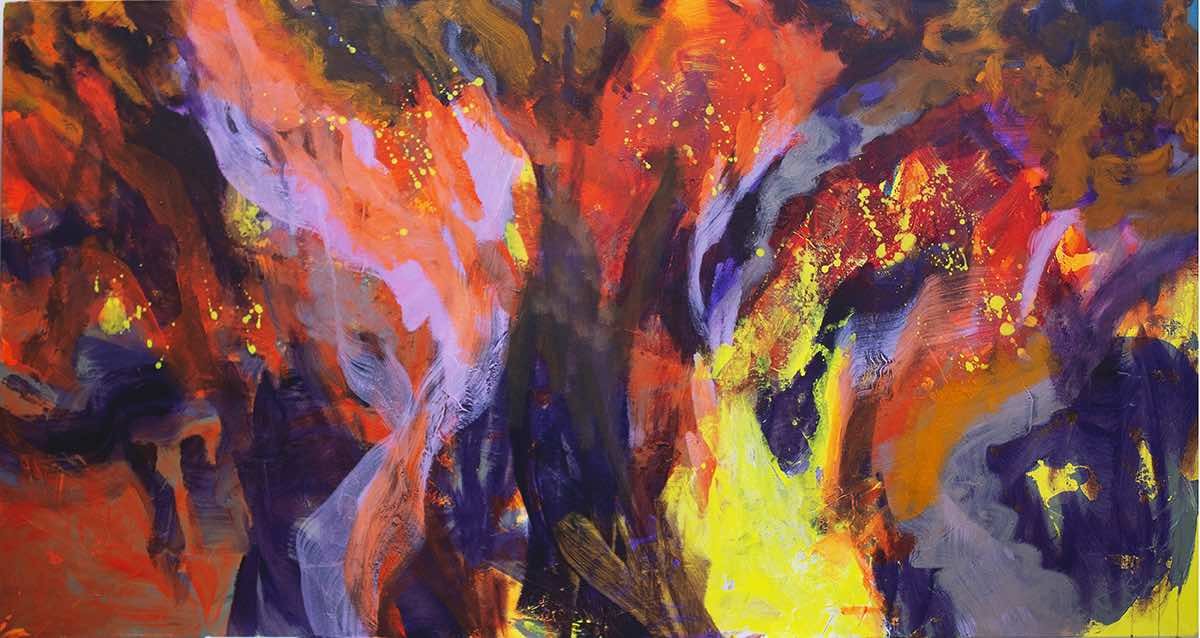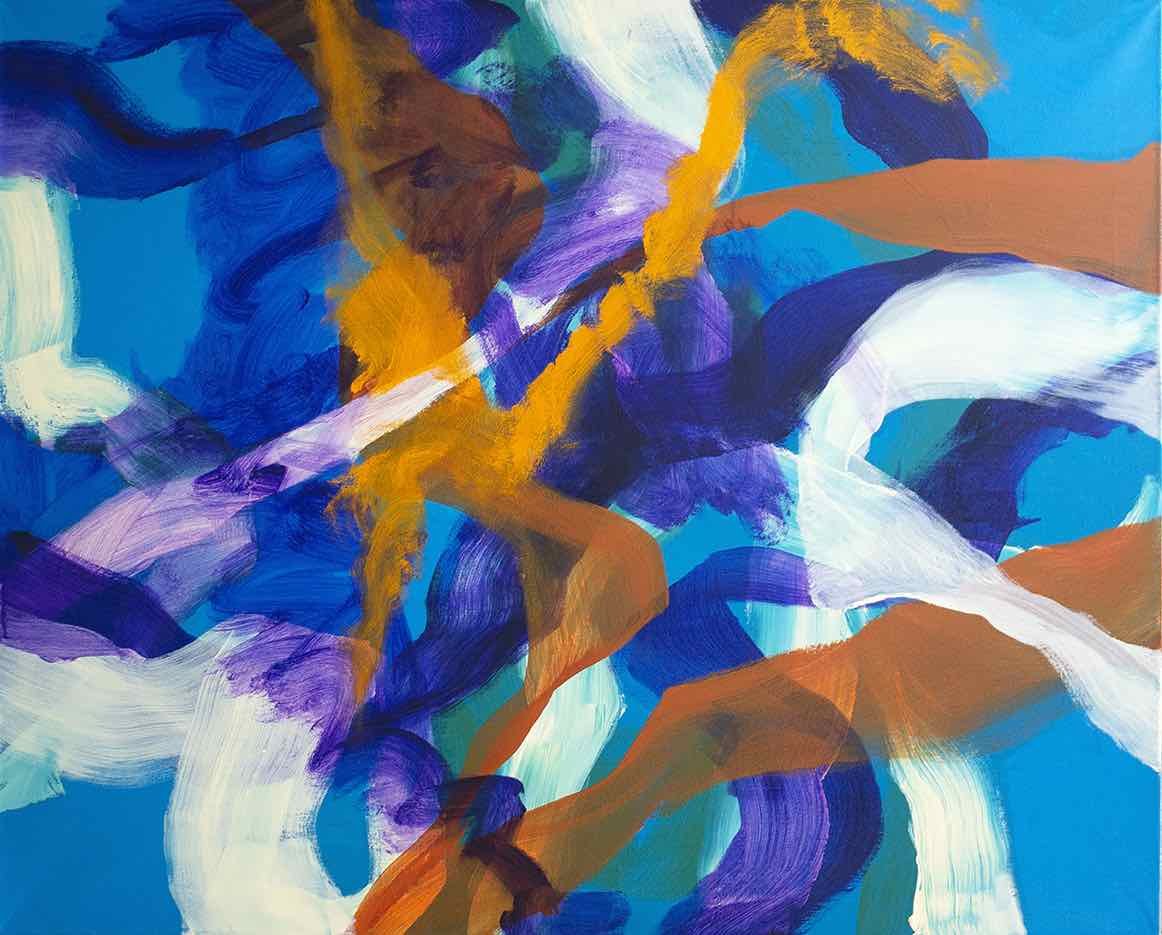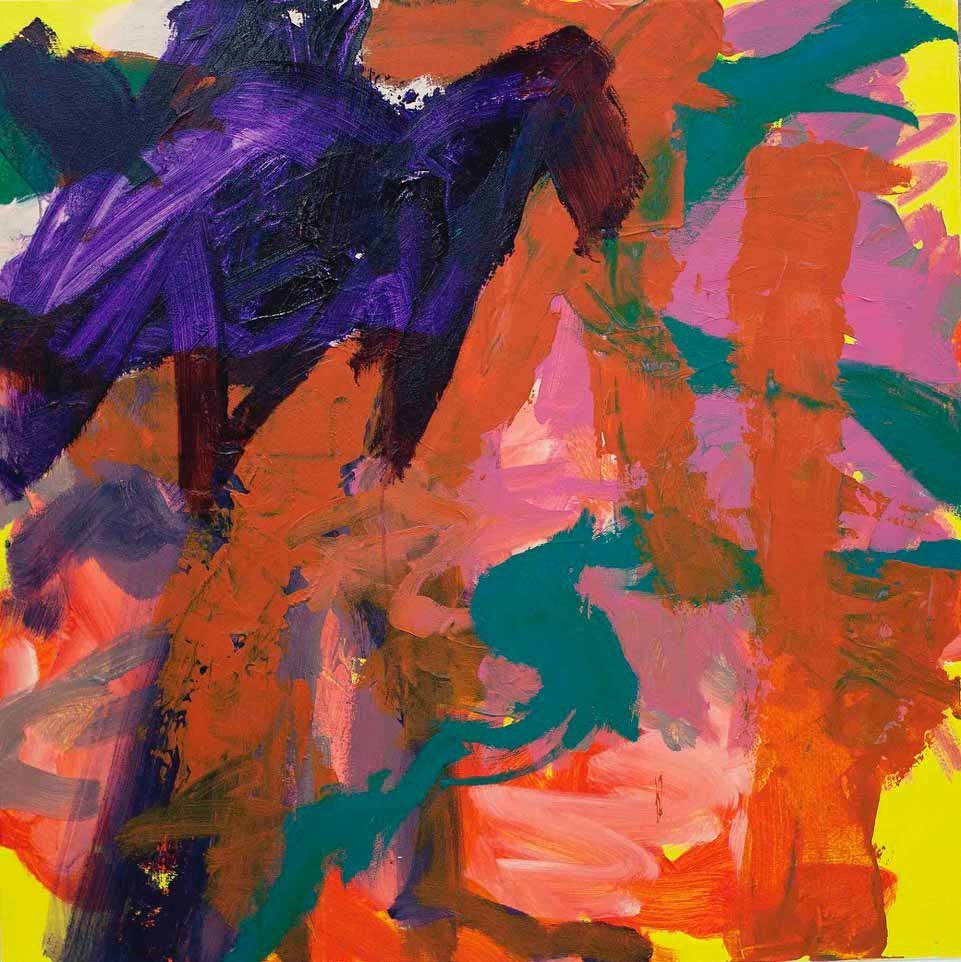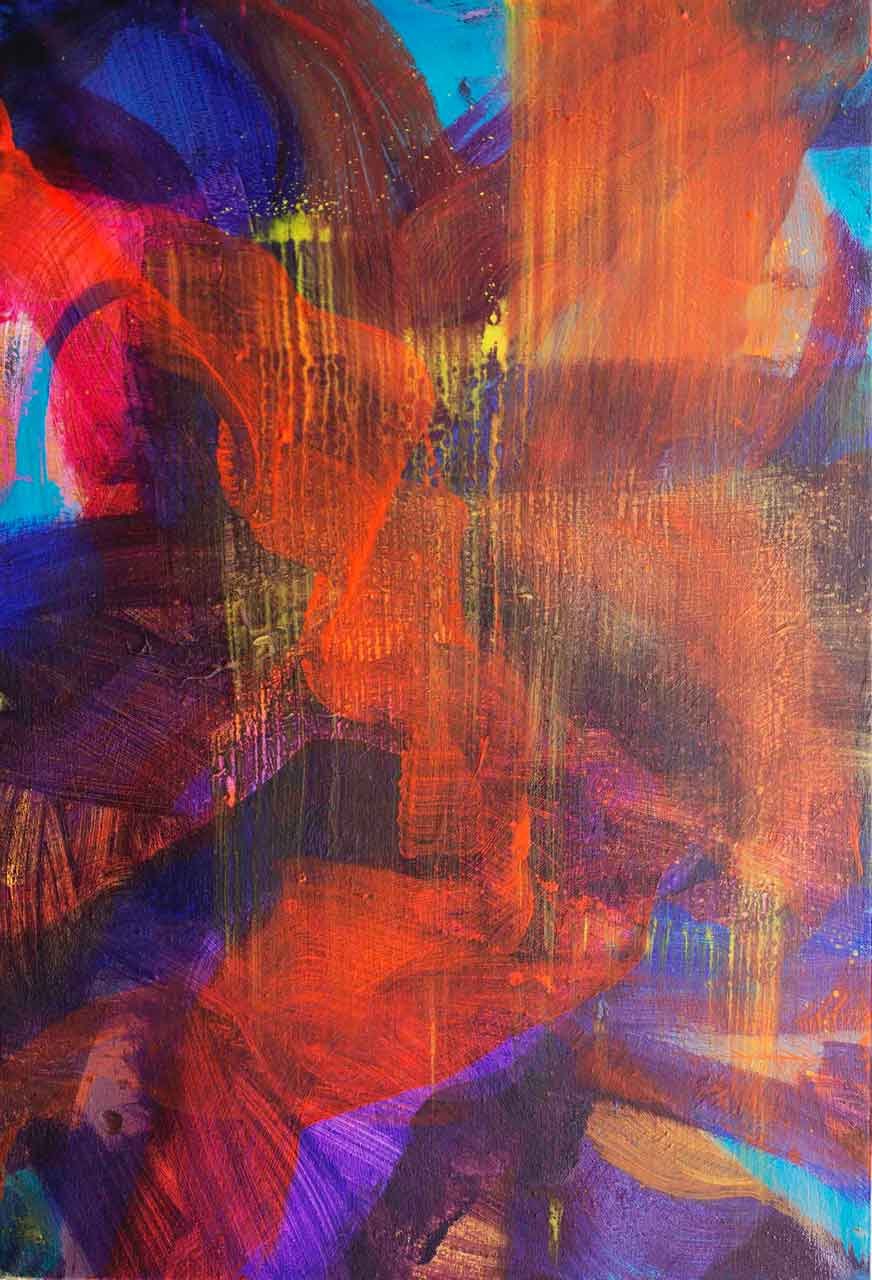What role do the visual arts play in drawing upon history, activating democracy, and asking questions about what culture can do?
Australian artist Anthony White lives and works in Paris. White’s artistic work revolves around the notion of reclaiming the act of dissent through the production of cultural objects. His research is situated at the intersection of several fields in the social space including, politics, human rights, and postcolonialism. His practice is centered around concepts of design and its history as a form of social and political expression. He works with painting, drawing, collage, and printmaking. Through this practice, he tackles relevant questions to our time, to encourage emancipation and new ways of thinking.
Anthony White’s artwork has been exhibited in Australia, Europe, and Asia. He has received support through cultural agencies such as The Trust Company Australia, The National Association for the Visual Arts,(NAVA) and The Copyright Agency Limited (CAL). He has also received critical acclaim by recognition in the form of art prizes and reviews most notably The Marten Bequest Travelling Scholarship (2007) The Creative Art Fellowship at The National Library of Australia (2020) and acknowledgements in The Australia Financial Review, Art Collector Magazine Australia and also Elle Décor US edition.
White’s exhibition Manifestation is on show from the 12–30 of July at Lennox Street Gallery, in Melbourne. Instagram
THE CREATIVE PROCESS
Tell us about the inspiration for your Manifestation exhibition?
ANTHONY WHITE
Not in terms of subject matter. Not in the fact that I've taken images from the Eureka Stockade. It was a point in history where there were some gold miners, and they revolted against the government because the government was enforcing licensing fees that were outrageously expensive at the time.
So, I don't reproduce figurative paintings, but I wanted to take that energy of what dissent is about, and I wanted to reclaim the energy of the gestural mark as a signifier of dissent. So when I was doing the research in the library, I came across a Roman guy called Raffaello Carboni who wrote a book on the Eureka Stockade.
It's actually the book that Sidney Nolan had been reading and his point of motivation for making this large mural. And I found it quite interesting that Carboni was a politically active guy. He was a supporter of Mazzini and Garibaldi who founded modern Italy. And then three years after Carboni fought in the movement that unified Italy, he went to Australia to Victoria. And he was also involved in that Eureka Stockade moment. So I thought, Oh, that's an interesting connection between my roots in Australia and my roots in Europe. So Carboni goes back, and he dies in Rome. And I see that this moment of civil disobedience is interesting and what's happening now with the rise of Fascism. It's an interesting thing that maybe there need to be other moments of civil disobedience where democracy is activated in a way. So I think that the visual arts, they have a role to play in terms of activating democracy. In terms of drawing upon history and asking questions about what culture can do.
THE CREATIVE PROCESS
I really like this notion you've discussed that "abstraction is a place for political dissent" or for telling political or socially-engaged stories.
WHITE
So that is what I've started since 2010. I've been researching and going down the rabbit hole really of things that speak to you at certain points in time. I started noticing the rise of neo-fascism when I did a residency in Leipzig. I noticed that there was just a stronger presence of fascism that seemed to be very present where I was staying in the Lower Saxony region. It's repeated again in the British government, the rhetoric around the hostile environment and the way that asylum seekers are treated. Not just in Britain, but in Australia as well. I think it is a job for artists, not all artists, but I think it's a job for artists to acknowledge that culture can make a difference towards these things and can hold people more accountable.
THE CREATIVE PROCESS
Some of your paintings have this energy of figurative movements or dance. For others, you work with textures or heavy impasto. How do you decide what's appropriate for a series and the feeling and thoughts you want to convey?
WHITE
Most of the landscape work that I'm making is heavily impastoed oil paintings, which are made with brushes and palette knives, and I was motivated to make a body of works about the climate catastrophe because of the short amount of time since I left Australia 14 years ago, the climate crisis has really hit areas of Australia in a such a dramatic way. That was a method of making the painting landscape orientated around different areas in Tasmania. I also felt that urgency to make the painting at that time. Growing up in Australia, the colonial legacy of landscape painters. And sailors, they had the tradition of actually drawing and painting, that was their basic skills. So they could draw and paint obviously in a pretty prescriptive way, but Australia's still quite fascinated with the landscape. When you grow up there, it's definitely something that stays within you. But I think that the story of the landscape, especially because it's not ours as an Australian, right? It will be interesting to see how that develops in the future and what happens with the story of Australian landscape and this story of Aboriginal landscape to come. It is an exciting place because Aboriginal person's perspective of landscape is much different because there are so many stories.
THE CREATIVE PROCESS
I think from a distance, those of us who have lived in America or other countries that are unsettled on colonized lands, look towards Australia as an example of ways countries can really make peace with the past, honoring Aboriginal culture. And then when I've had conversations with people from Australia, they say, well, it's not as simple as that. The record isn't completely good, that it took a while to get there.
WHITE
The thing is that there is amnesia. Australians, myself included, grow up in this state of amnesia because what happened is that the British stole the land from the Aboriginal people. We made up a fiction, the fiction of Terra nullius. And then we basically disclaimed any relationship that the Aboriginal people had to the land. The National Day in Australia is the day marked by colonization, which is shameful. So that's another long conversation. And I think that, whether things are better or worse in the United States, but I do know that is the conversation that has only just begun in Australia. And there's a new openness that never has been before.
THE CREATIVE PROCESS
You focus a lot on these stories of people who might be losing their homes, refugees, or migrants for whom adaptation is about almost erasing their identity.
WHITE
I based one exhibition on a book by Kafka called In the Penal Colony. And that was an exhibition that I did in Sydney, and I based it on that book because the context of the book happens on an island context with archetypal characters who are like the commander, the tourist, the traveler... It really spoke to me. Australia, it's like the penal colony that the text is written about. On this penal colony, there's a torture device, and the people that go there are prisoners and they have punishment tattooed on their body. But there was also something about it that I just really became aware of how the plight of asylum seekers. It was just so parallel in my mind that I could see and feel that this piece of text, it just rings true today, and it was printed in 1919.
This interview was conducted by Mia Funk with the participation of collaborating universities and students. Associate Interviews Producer on this episode was Sam Myers.
Mia Funk is an artist, interviewer and founder of The Creative Process & One Planet Podcast (Conversations about Climate Change & Environmental Solutions).



















































































